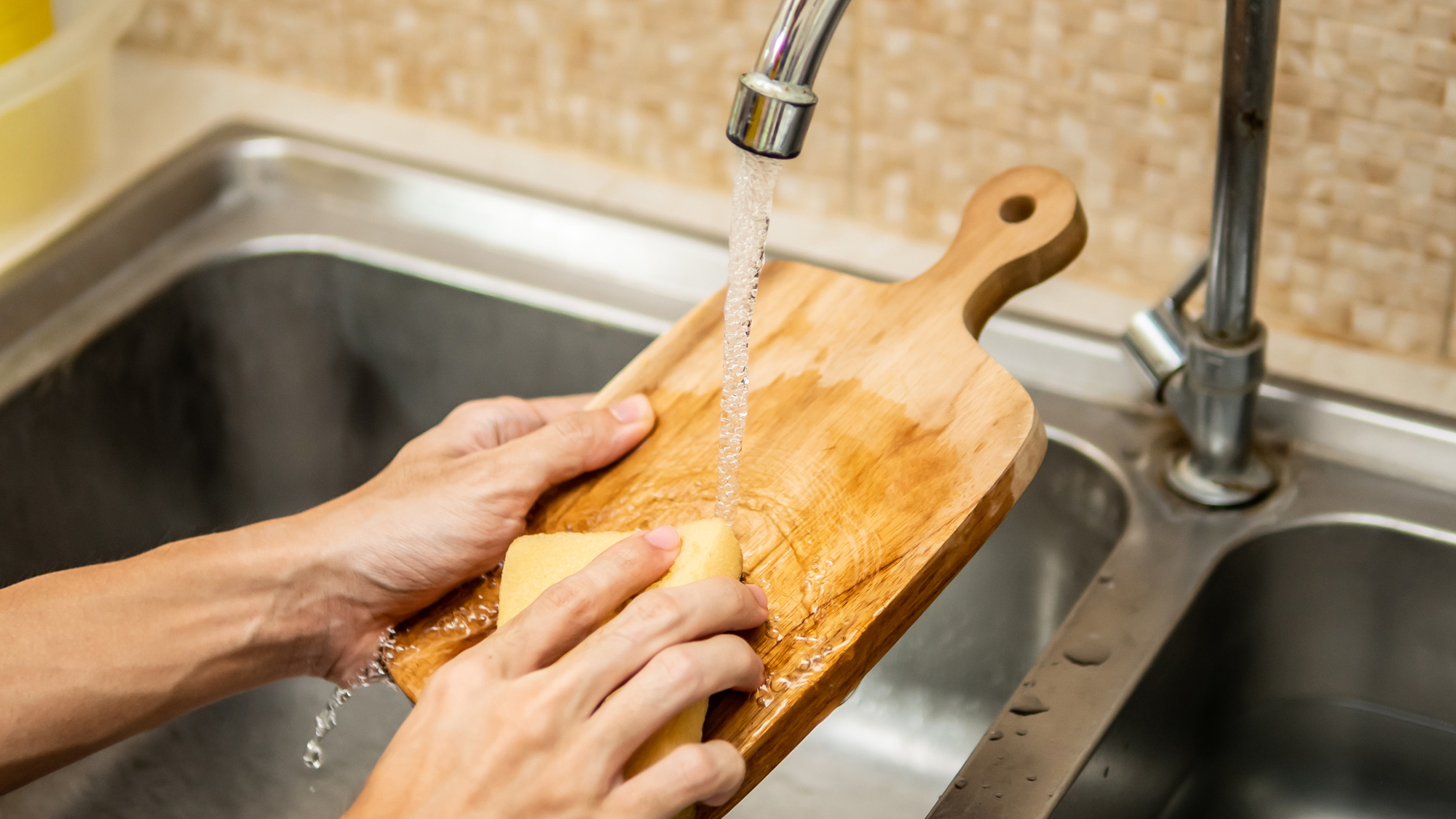It’s an age-old question and the source of great debate among family and friends. Aunt Myrtle’s casual (and constant) critique of your choice of cutting board nearly resulted in fisticuffs at your holiday feasts on several occasions. So which really is better from a food safety standpoint, plastic or wooden cutting boards?
We recommend using plastic cutting boards for meat and wood cutting boards for fresh produce or ready-to-eat foods like bread or cheese.
Regardless of your preference in cutting board material, there is risk for contamination and food-borne illness any time food touches the surface of the board. Wood and plastic cutting boards each provide unique opportunities for pathogens to stow away — plastic tends to develop grooves from cutting over time, while wooden boards can be more challenging to sanitize.
Your approach to cleaning each of them will differ a bit, but the key step in cleaning any cutting board is to let it dry completely after washing and sanitizing!
Ben Chapman, NC State Extension food safety specialist, cuts to the chase in our latest In the Kitchen segment, demonstrating the differences in wooden and plastic cutting boards and how to safely sanitize each of them.
The bad news: there are pros and cons with any cutting board. The good news: you’re certain to have a science-backed argument for Aunt Myrtle during your next family gathering!
- Categories:



